
Home
Seeds and Sowing 2013
Harvesting 2013
Seeds and Sowing 2012
Harvesting 2012
Seeds and Sowing 2011
Harvesting 2011
Gardening Specials
If you’re a keen follower of our blogs and web site you may well remember our contaminated manure problem. Now I can understand that if you’ve managed to avoid any issues with manuring your plot then you may not appreciate our apprehension regarding the application of farmyard manure or similar to our plot. Having had a year’s worth of crops ruined we vowed not to use farmyard manure again.
However, I’m concerned that we do need to look after our soil, let’s face it rubbish soil is never going to produce good crops. I don’t think I can compost enough material to make up for not buying in or obtaining supplies of manure. So I’ve been giving some thought about what to do.
The answer may well lie with green manure. Now I tried this a number of years ago and didn’t get on too well. I’m not sure what the green manure was that I used but the crop was sown in autumn and dug back into the soil in spring. It was the digging in that proved to be the difficult bit and was a real back breaking job. Having done a little research the crop might well have been Forage Rye which is acknowledged as being difficult to dig in. The crop certainly bears a resemblance to how our bed looked - a bit like it was full of wick/couch grass.
This would be one variety of green manure for me to avoid in the future if this year’s trials are successful. After some further Internet research I’ve decided on five different green manure varieties. These are Phacelia, White and Red Clover, Winter Tares and Italian Ryegrass. I’ve avoided any of the brassica family as we do have clubroot on our plot and any green manures from this family might exacerbate the problem.
Green Manure
Phacelia
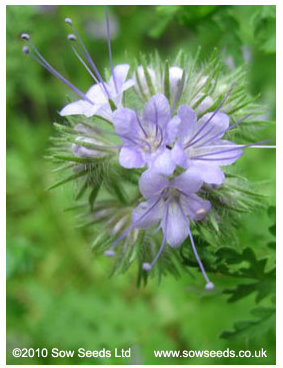
Phacelia is a quick growing hardy annual green manure that is supposed to germinate at low temperatures and grow in most soil types. It can be sown from March until September. It will grow up to 1m in height and is tolerant of cold temperatures and may over-winter if it’s not too cold. If recent winters are anything to go by it’s unlikely to survive our winter.
Phacelia has scented purple/blue flowers with dense fern-like foliage and should smother weeds. Ideally though as a green manure it should be cut down before flowering. It flowers around eight weeks after sowing.
My plan is to try sowing some in spring in the bed that will be used for a winter brassica crop and to add the rest of the seed to an over wintering mix that will be sown in beds as our potatoes are harvested.
White Clover
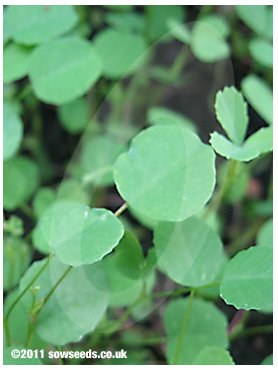
White Clover can be used as a long-term green manure and may last for up to 5 years. It is low growing and can be lightly cut back to stimulate more root growth. It spreads with a network of creeping stems close to the surface just like you may have noticed wild clover does if you’ve ever had it in your lawn.
This will be trialled as a crop beneath our currant and gooseberry bushes. I hope we will be able to keep it under control and avoid it spreading too much.
The saving grace should be that it’s only shallow rooted.
Red Clover
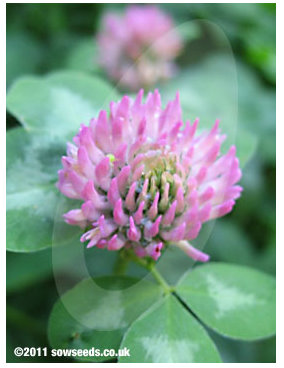
Red Clover is a fast growing perennial green manure. Its roots penetrate deep into the soil and help to improve its structure. The bulky foliage also helps to prevent soil 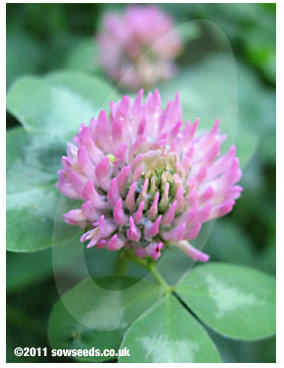 erosion especially during winter and helps the soil to retain more moisture in summer/winter.
erosion especially during winter and helps the soil to retain more moisture in summer/winter.
 erosion especially during winter and helps the soil to retain more moisture in summer/winter.
erosion especially during winter and helps the soil to retain more moisture in summer/winter.
It can be sown between April–September and can be left for 3-18 months. It is good at suppressing weeds as it grows bulky foliage that smothers weeds. The flowers are loved by bees and beneficial insects but it needs to be cut down or dug in before setting seed.
Some seeds will be added to my Phacelia and Winter Tares to make an over wintering mix but if I have any early spring beds to spare I might be able to fit a summer crop in.
Winter Tares
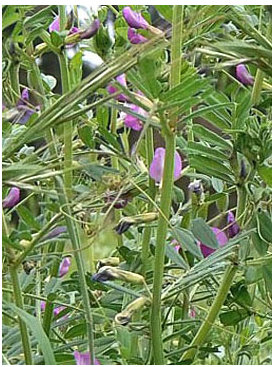
Winter Tares is a hardy annual that can be sown March-May or July-September for over-wintering and is good at weed suppressing on heavy soils. It can be mixed with Forage Rye or Italian Rye for good over wintering cover. I’m staying clear of Forage Rye so I intend to try it mixed with some Italian Rye but not too much.
I’m planning to add Italian Ryegrass, Red Clover and Phacelia or a combination of these seeds to make my own mixture for over wintering. Initially to be used where potatoes are lifted followed by other beds that become vacant before the middle of September.
Italian Ryegrass
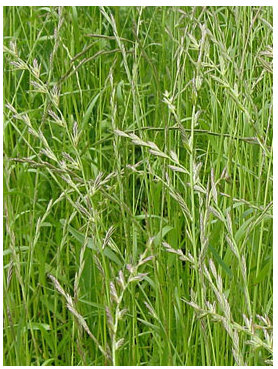
Italian Ryegrass is an annual/biennial grass that is winter hardy and can be grown for up to 2 years. It is good at suppressing weeds and as it is not as bulky as Forage Rye, is easier to dig in after winter or at least that’s what I am hoping. Italian Ryegrass is often combined with Red Clover as clover is brilliant at collecting Nitrogen but when dug in it rapidly decomposes & quickly releases the nitrogen.
As for Winter Tares I’m planning to add some Italian Ryegrass to Winter Tares, Red Clover and Phacelia or a combination of these seeds to make my own mixture for over wintering. Initially to be used where potatoes are lifted followed by other beds that become vacant before the middle of September.
Many thanks to sowseeds.co.uk for giving permission for me to use the above images of the green manures I’ve purchased from them. Anyone wanting more information should have a look at their web pages covering green manures at sowgreenmanures.co.uk Here there’s lots of information about using green manures. I’ve included just a taster of the information on this page so check out their website if you would like more details.
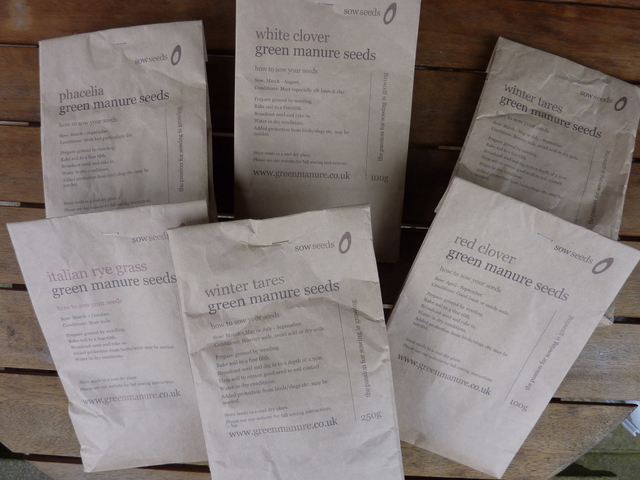
Mail order worked a treat as usual and the seeds have now arrived. I’ve now got to do a bit of advanced planning to make best use of these green manure seeds. Most of the seeds can be sown from March onwards. It will all be down to planning and bed preparation which is of course very much dependent upon the weather. Watch this space!